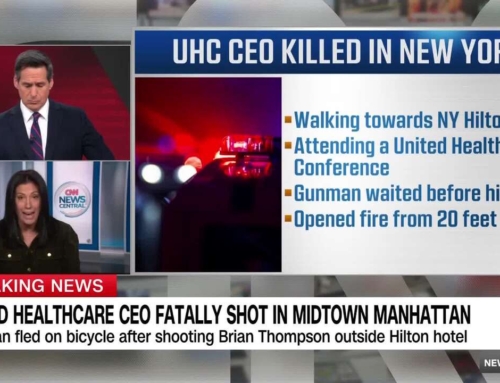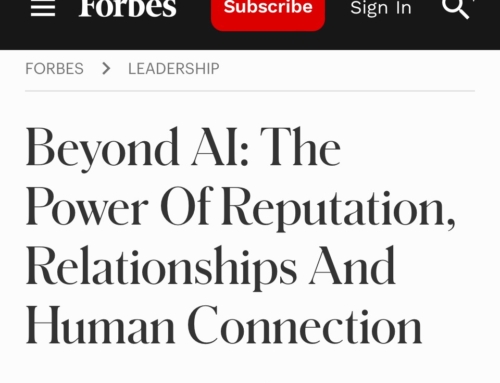My mother and father were European, Austrian and Hungarian to be specific. One of the things this meant for me growing up was that if someone came to our house, everyone had to come out from wherever they were, say hello, and immediately we had to offer that person a drink (preferably alcoholic). If the person stayed for more than 30 minutes, it was necessary to offer them food and then, even if they declined (and sometimes especially if they declined), feed them. Providing the basic necessities of life (drink and food) was understood as a sign of abundance and wealth. We had it to give away and my parents took great delight in sharing what we had. If a guest refused our offerings, we (especially my mother), took offense. “What’s wrong with my cooking?” she would demand. “Mom, maybe they just aren’t hungry,” I would try to reason in front of our increasingly uncomfortable guest. She couldn’t conceive of it. The funny thing is that now when I enter someone’s home and they fail to offer me a drink, I find it strange, even a little rude. That’s the thing with culture, it colors how we interpret everything and, for the most part, we are blind to it.
Culture is the mostly unspoken, “this is how we do things here.” And it encompasses the, “This is who we are as a collection of people. These are the values we hold dear. This is how we treat each other, talk to each other, and regard each other. This is how we show respect and disrespect. And, this is how we come together to get stuff done.” Every collection of people has a culture. And we know immediately when we are not in a familiar one.
So once a culture, specifically a corporate culture, is established, how do we go about changing it?
Of course, as the above graphic illustrates, this is no simple task. However, below are five guiding principles:
- If real estate is location, location, location, then attempting to lead culture change is communicate, communicate, communicate.
- You must first clarify the story for yourself: the company is moving from what to what exactly? You should be able to craft this story using nothing more than three power point slides: a slide that tells the story of the past, a slide that encompasses the realities of today, and a slide that paints a vision for a better tomorrow. It is irrelevant whether or not you actually use the slides to communicate with your audience. The purpose of the exercise is to ensure you are crystal clear on the key elements of the story and you can tell it in an interesting, visual way.
- You might consider your new title as “Chief Marketing Officer” as it would benefit you greatly to think in terms of a logo, tagline, and headline. For example, when Lou Gerstner Jr. took over IBM, he used this simple phrase to communicate the vast and complex change the business would need to undergo in order to survive: “We used to be a computer parts company. We are now going to be a service company that, by the way, just happens to have some computer parts.”
- In your communication, you must clearly name that this is a break from the past: “The past is over and the future will look and feels like ‘this’.” You might consider incorporating a ritual to get people to fully understand that the past is no more. Kenny Moore of KeySpan Corp. held a funeral to say goodbye to the company as it once was.
- You must live the new cultural values and norms impeccably. Not only that, you must be an ambassador for them. You must catch any words or actions that are not in alignment with the new culture and appropriately redirect behavior because everyone is watching to see if this change is going to be real. As the saying goes, “All that is necessary for evil to exist in the world is for good people to stand by and do nothing.” If you do nothing when people continue to behave in the ways of the past, you essentially say to everyone that the change is not real. You might consider how The Broken Window Theory might be useful. This theory states that if a window is broken and left unrepaired, people walking by will conclude that no one cares and no one is in charge, sending a signal to all that anything goes.”
Adults often complicate things more than is necessary, or even helpful. Indeed, there is brilliance in simplicity. Great marketers and advertisers have always known this. It is one of the reasons companies spend millions of dollars to whittle the complexity of their ideas, products and/or services down to a sentence or logo that a five-year-old could understand. Attempting to change your corporate culture is a complex and lengthy task for certain. This is why it is imperative that you can speak about it simply.






